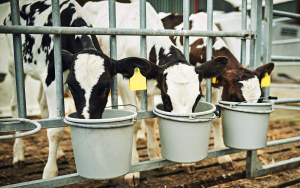With decades of experience in manufacturing and providing solutions in the RFID industry. Shenzhen RF-Identify would like to give you some suggestions for choosing the right RFID tag.
There are many RFID tags on the market, for example, RFID paper tags, RFID hard tags, RFID card tags, RFID wristbands, RFID laundry tags, RFID animal tags, etc.
In the sea of passive transponders, how do you find cost-effective tags that offer optimal performance for your application? Here are 7 points to consider when choosing the right RFID tag for any task. And this article will focus on the operation frequency.
Operating frequency: LH, HF or UHF
The “RF” in RFID stands for “radio frequency” Every RFID system operates in one of three bands of the electromagnetic spectrum: Low Frequency (LF), High Frequency (HF) or Ultra High Frequency (UHF).
LF is a cost-effective option for applications that enable consistent physical placement of labels on objects, allowing readers to identify individual labels at close range. LF is virtually impervious to environmental influences such as water or metal. Therefore, LF is often used in animal tracking applications.

HF labels can be read from distances ranging from a few to several centimetres, allowing for greater flexibility in label and reader placement as well as increased processing speed and accuracy. In addition, HF processing enables greater storage capacity on each label.
HF technology has 2 widely used protocols. ISO15693 and ISO14443A. The ISO14443A is known as NFC technology.

UHF technology continues to push the boundaries of speed and accuracy in data capture. Some UHF labels can be scanned from a distance of up to 30 meters or more, and the readers can identify multiple labels simultaneously, some even up to 1000 labels. With UHF, an entire truckload of hundreds of individually labeled containers can be scanned in the few seconds it takes a truck to reach or leave a distribution point. On the other hand, UHF is sensitive to the environment, e.g. Through reflection, attenuation, and detuning by the surrounding materials. So tag selection in water and metallic environments would be a big issue. We will discuss this in other articles.

